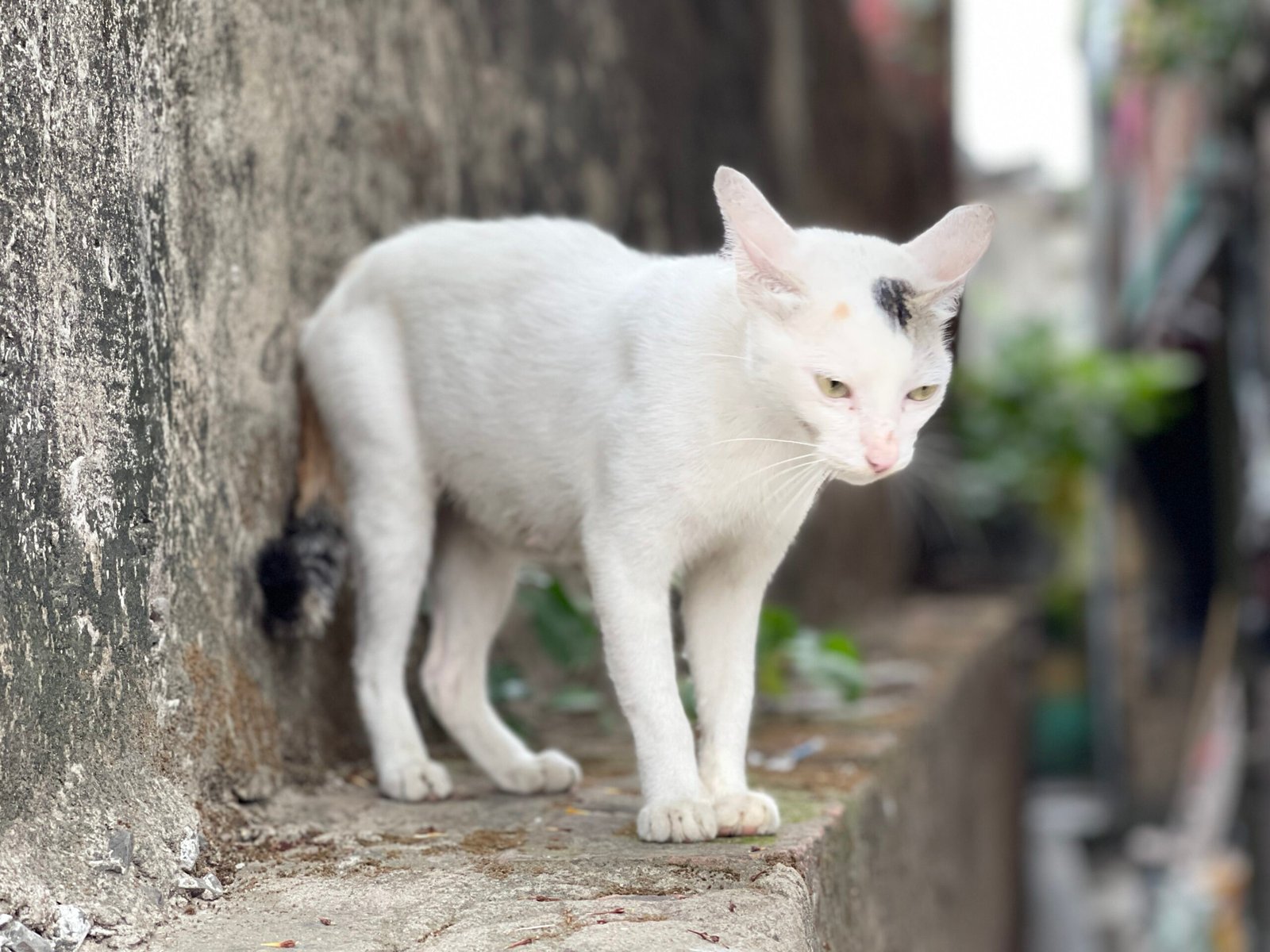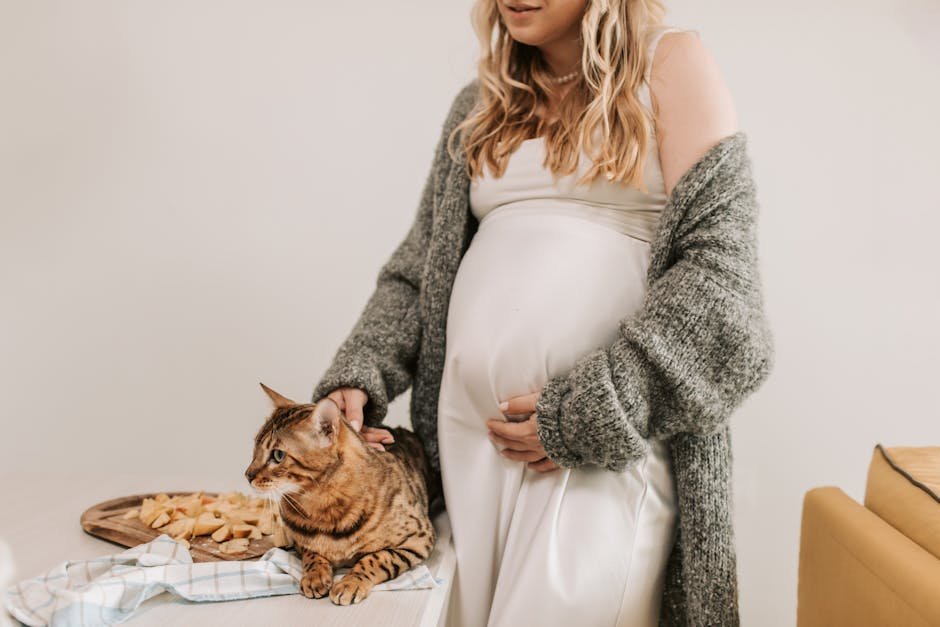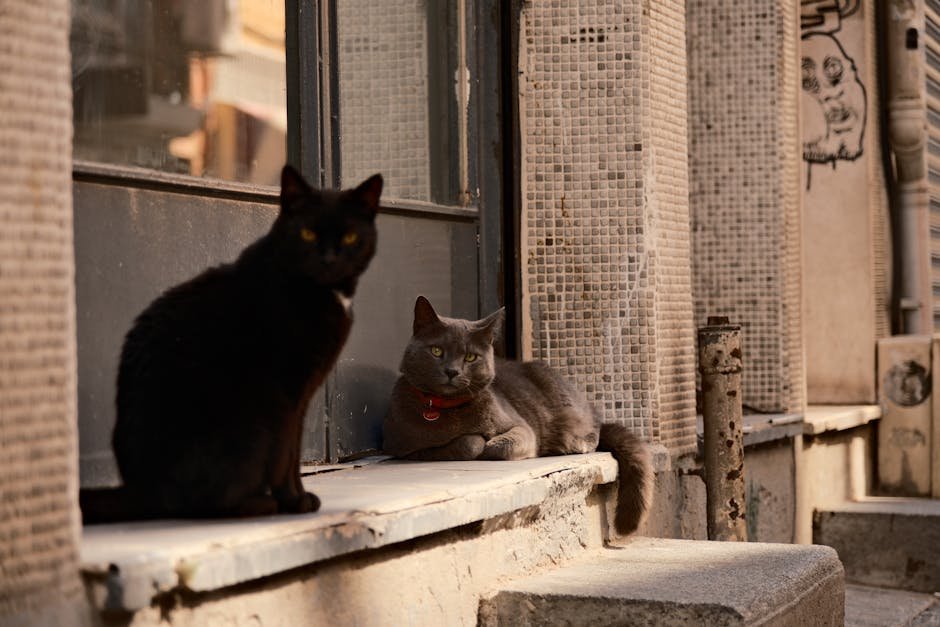Cats have been our companions for thousands of years, and yet, there are still countless myths surrounding these mysterious creatures. From old wives’ tales to pop culture misconceptions, some of these myths are harmless, while others can affect how we care for our feline friends. Understanding the truth helps us become better, more compassionate cat owners. Today, we will unravel the truth behind ten of the most common cat myths. Join us as we separate fact from fiction and discover the real, endearing nature of our beloved cats — and why they’re even more incredible than the stories suggest.
Cats Always Land on Their Feet

One of the most well-known cat myths is that they always land on their feet. While it’s true that cats have a natural righting reflex, which allows them to twist their bodies in mid-air, it’s not a guarantee they will always land safely. The height from which they fall plays a crucial role. Cats falling from short distances may not have enough time to right themselves, while those falling from great heights may suffer injuries despite landing on their feet. It’s important for cat owners to ensure their windows and balconies are secure to prevent such accidents.
Cats Have Nine Lives

The myth of cats having nine lives is a testament to their agility and survival instincts. However, in reality, they only have one life, just like every other living being. This myth likely originated from observing cats escape seemingly dangerous situations unscathed. Despite their impressive reflexes, cats are vulnerable to accidents and illnesses, making regular veterinary check-ups and a safe environment essential for their well-being.
Cats Are Aloof and Unaffectionate
Many people believe that cats are aloof and uninterested in human interaction, but this myth couldn’t be further from the truth. Cats can form deep bonds with their owners and are capable of displaying affection in various ways. They may follow you around, purr, rub against you, or even bring you “gifts” as tokens of their affection. Understanding a cat’s unique way of expressing love requires patience and observation, but the rewards of their companionship are well worth the effort.
Black Cats Bring Bad Luck
The superstition that black cats bring bad luck has been around for centuries and varies across cultures. In some parts of the world, black cats are considered omens of good fortune. The negative connotations are often rooted in historical fears and misconceptions. In reality, a cat’s color has no bearing on its ability to bring luck. Black cats are just as loving and wonderful as their colorful counterparts, and they deserve to be cherished and appreciated.
Cats Can See in Complete Darkness

While cats have excellent night vision, they cannot see in complete darkness. Their eyes are adapted to low-light conditions, allowing them to hunt effectively at dawn and dusk. The reflective layer behind their retina, known as the tapetum lucidum, enhances their ability to see in dim light. However, without any light source, even the brightest feline eyes cannot see. Providing a safe and comfortable environment with adequate lighting is essential for their health and happiness.
Cats Are Low-Maintenance Pets
Cats are often perceived as low-maintenance pets, but this myth can lead to neglectful care. While they may not require daily walks like dogs, cats still need regular attention, grooming, and mental stimulation. Their litter boxes must be cleaned regularly, and their diet carefully monitored to ensure they receive proper nutrition. Engaging them in interactive play and providing scratching posts and toys helps keep them physically and mentally healthy. Responsible cat ownership involves understanding and meeting their needs.
Pregnant Women Should Avoid Cats

The myth that pregnant women should avoid cats stems from concerns about toxoplasmosis, an infection that can harm an unborn child. However, the risk of contracting toxoplasmosis from a cat is low. Basic hygiene practices, such as wearing gloves while changing the litter box and washing hands thoroughly, can minimize any risk. Pregnant women can safely enjoy the companionship of their cats by taking simple precautions and consulting with their healthcare provider.
All Cats Hate Water

While many cats dislike getting wet, not all cats hate water. Some breeds, like the Maine Coon and Turkish Van, actually enjoy swimming. A cat’s relationship with water often depends on their individual personality and early experiences. Gradually introducing a cat to water in a positive, stress-free manner can help them become more comfortable with it. Providing shallow water dishes for play or a running tap to drink from can satisfy their curiosity without overwhelming them.
Cats Purr Only When Happy
Purring is often associated with a cat’s contentment, but it can also indicate other emotions. Cats may purr when they are anxious, in pain, or even while giving birth. It’s a versatile form of communication that can have a calming effect on them. Observing a cat’s body language and vocalizations can help determine the context of their purring. Understanding these subtle cues allows for a deeper connection and better care for your feline friend.
Cats Are Solitary Creatures

Despite being known for their independence, cats are not truly solitary creatures. Many cats enjoy the company of other cats and even form social hierarchies within multi-cat households. They can also develop strong bonds with their human companions. Providing opportunities for social interaction, whether with other pets or through play with their owners, enriches their lives and helps prevent behavioral issues. Recognizing and respecting a cat’s social needs is key to fostering a happy and harmonious home.
In conclusion, these ten myths highlight the misconceptions that often surround our feline friends. By understanding the truth behind these myths, cat owners can provide better care and appreciate the unique qualities of their beloved pets. Cats are fascinating creatures with diverse personalities and behaviors, and debunking these myths allows us to celebrate them for who they truly are.

Born and bred in South Africa, a Capetonian at heart. Amy-Leigh’s love for nature and animals was inherited from her Dad. He loves taking the family on road trips to experience nature at its finest; Amy-Leigh’s favourite being whale watching in Hermanus and spotting Kudu along the West Coast. Amy-Leigh holds a BA in English Literature and Communication Studies.





